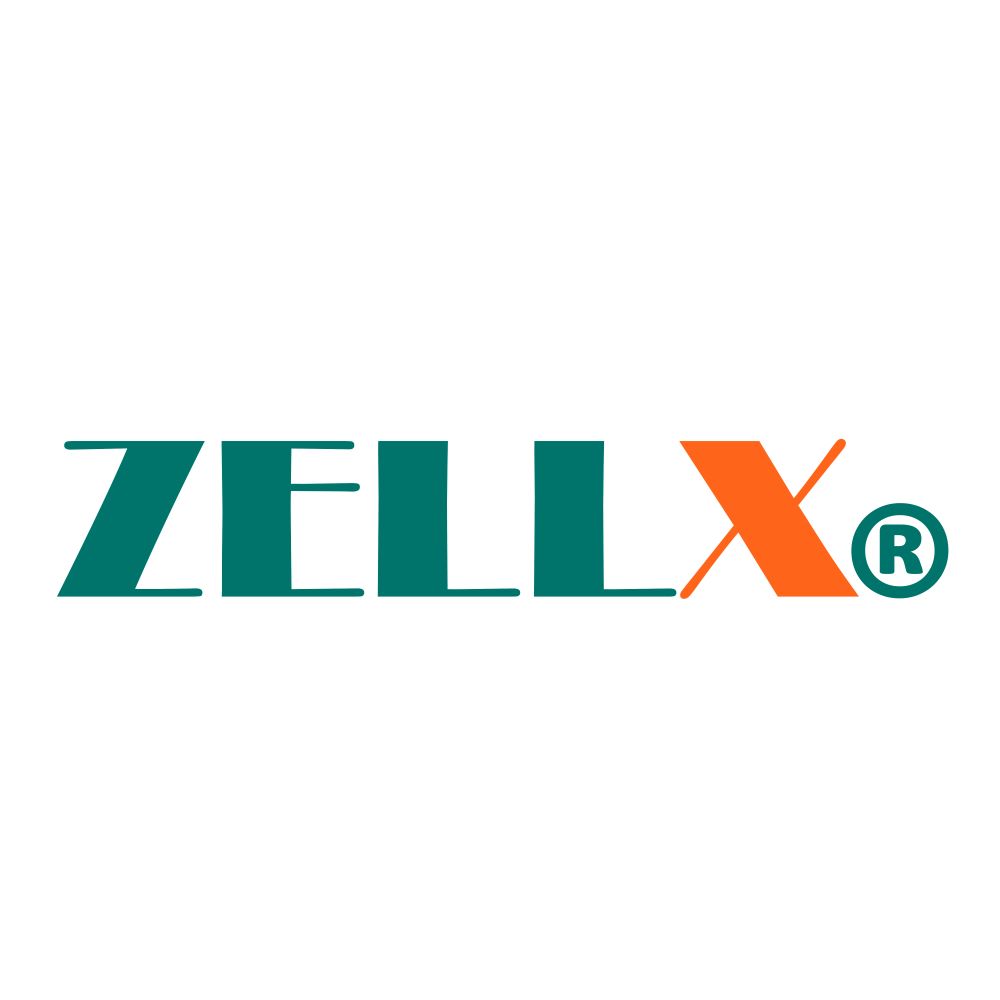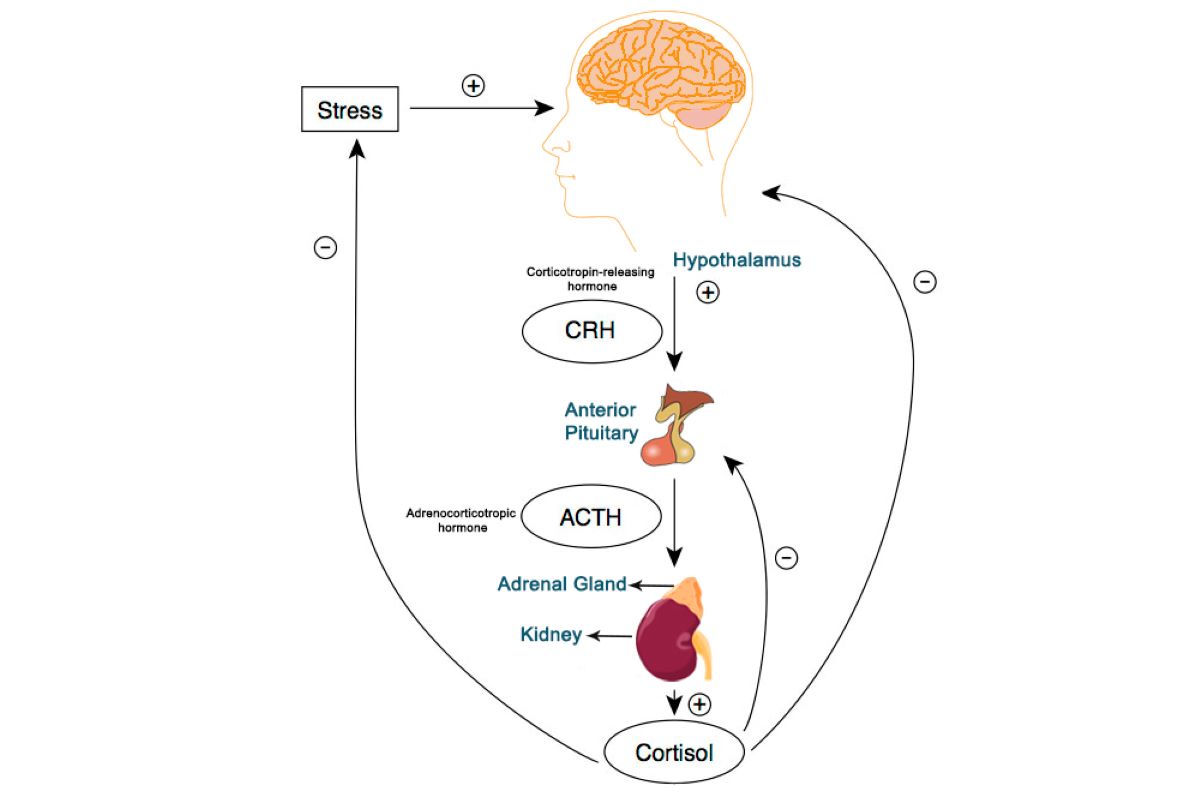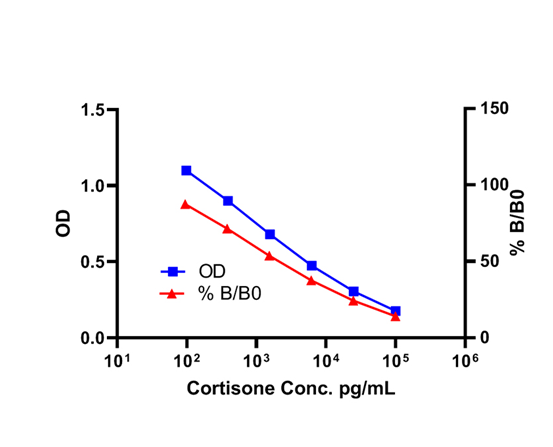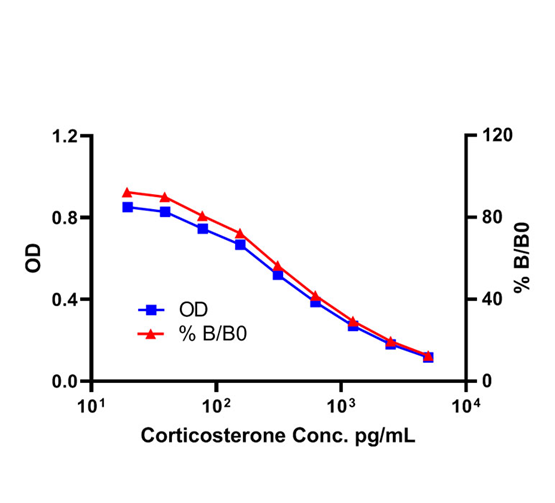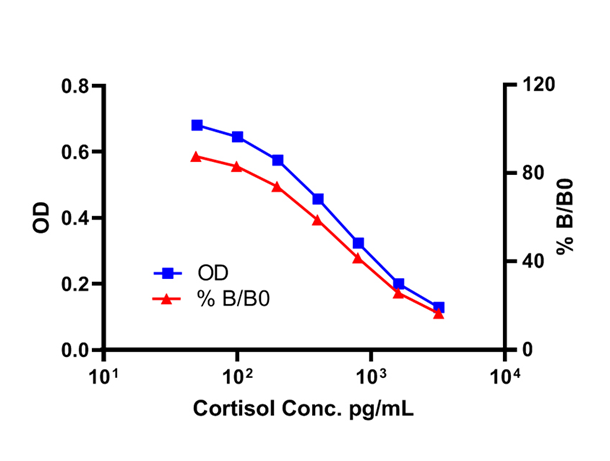By ZellBio GmbH
ZELLX® HPA Axis testing
ZELLX® has developed a series of ELISA and chemiluminescent bioassays to assess hypothalamic–pituitary–adrenal axis (HPA axis) interactions that play important roles in stress response and regulation of biological processes, including digestion and energy usage, immune response, sexuality and emotions. These measure plasma levels of glucocorticoid hormones cortisol and corticosterone that are the end products of HPA axis feedback loop.
HPA Research interest
The hypothalamus–pituitary–adrenal axis is a complex series of direct interactions and regulation among the hypothalamus, along the pituitary axis to the anterior pituitary gland, and also to the kidney’s adrenal gland as the adrenal axis. Together, these interactions play important roles in animal stress response, while the HPA axis also regulates many other biological processes, including digestion and energy usage, the immune response, sexuality and emotions.
The regulation of HPA axis is mediated by direct feedback loops of its end products (Cortisol and corticosterone) as well as that part of the brain, the hypothalamus, which is involved in stress response.
Stress-induced activation of HPA axis up-regulates the plasma level of glucocorticoid hormones (cortisol in human, corticosterone in rats and mice). In the liver, adipose tissue, and the central nervous system, enzyme 11β-hydroxysteroid dehydrogenase type 1 (11HSD1), found primarily in the liver, reduces cortisone to the active hormone cortisol that activates glucocorticoid receptors. Cortisol, as a steroid hormone, regulates a wide range of biological processes including the immune response, metabolism, and most importantly plays a key role in stress response.
On the adrenal axis, Cortisol is deactivated by 11β-hydroxysteroid dehydrogenase type 2 (11HSD2), found primarily in the kidneys, which oxidizes it to cortisone, and prohibits receptor activation.
Corticosterone is the primary glucocorticoid in rodents, birds and reptiles but seems to be of minor importance in human stress responses.
However, recent studies have suggested links between corticosterone‐mediated increased level of stress and impairment of long-term memory retrieval, as well as chronic corticosterone elevation due to dietary restrictions and in response to burn injuries. In addition to stress levels, corticosterone has been indicated as playing a decisive role in sleep‐wake patterns.
HPA related bioassays
ZELLX® offers a series of enzyme-linked immunosorbent assay (ELISA) and chemiluminescent immunoassay (CLIA) assay kits that are related to the HPA Axis. These include assays to measure levels of cortisone, corticosterone and cortisol.
- Cortisone assays: Cortisone (C21H28O5, compound E) was identified and extracted from bovine suprarenal gland tissue by Mason, Myers and Kendall in 1936. Compound E and the more active glucocorticoid, compound F, are now called Cortisone and Cortisol, respectively. The concentrations of these two glucocorticoids vary due to the activity of two enzymes 11β‐hydroxysteroid dehydrogenases 1 and 2 (11β‐HSD). This glucocorticoid “shuttle” helps to initiate and regulate the anti‐inflammatory response, making Cortisone a modern “wonder drug”. Monitoring Cortisone levels against those of Cortisol has applications in diabetes, obesity, metabolic syndrome, osteoporosis, and chronic fatigue syndrome in addition to adrenal diseases. Cortisone concentrations can be measured in extracted dried faeces, or in serum, plasma, saliva, urine and TCM. The ZELLX® ZX-55104-96 Cortisone ELISA and ZX-66104-96 Cortisone CLIA kits are both species independent and can measure cortisone levels from a wide range of samples. Results can be obtained within 2.5 hours at sensitivity of 29 pg/mL for the ELISA kit and within two hours at sensitivity of 10.6 pg/mL with the CLIA assay.
- Cortisol Level Tests: Cortisol (C21H30O5, hydrocortisone, compound F) is the primary glucocorticoid produced and secreted by the adrenal cortex. It is often referred to as the “stress hormone” because it is involved in body’s response to stress via affecting blood pressure, blood sugar levels, and other actions of stress adaptation. Immunologically, Cortisol functions as an important anti‐inflammatory factor, and plays a role in hypersensitivity, immunosuppression, and disease resistance. In the metabolic aspect, Cortisol promotes gluconeogenesis, liver glycogen deposition, and the reduction of glucose utilization. Production of Cortisol follows an ACTH‐dependent circadian rhythm, with a peak level in the morning and decreasing levels throughout the day. Most serum Cortisol, all but about 4 %, is bound to proteins including corticosteroid binding globulin and serum albumin. Only free Cortisol is available to most receptors and it is through these receptors that physiological processes are modulated. Abnormal Cortisol levels are being evaluated for correlation with a variety of different conditions, such as prostate cancer, depression, and schizophrenia. It is already known that abnormal levels of Cortisol are involved in Cushing’s Syndrome and Addison’s Disease. The Species independent ZELLX® ZX-55102-96 Cortisol ELISA Kit can be used as a Cortisol blood test, being calibrated to The National Institute of Standards and Technology (NIST) recommendations and can Cortisol test levels to a sensitivity of 27.6 pg/mL within 90 minutes from samples of faecal extracts, urine, serum, plasma, saliva and TCM.
- Corticosterone assays: Corticosterone (C21H30O4, Kendall’s Compound ‘B’) is a glucocorticoid secreted by the cortex of the adrenal gland. Corticosterone is secreted in response to stimulation of the adrenal cortex by Adrenocorticotropic hormone (ACTH), and is the precursor of aldosterone. Corticosterone is a major indicator of stress in nonhuman mammals, with links indicated in humans between corticosterone‐mediated increased level of stress and impairment of long-term memory retrieval, as well as chronic corticosterone elevation due to dietary restrictions and in response to burn injuries. In addition to stress levels, corticosterone is assumed to play a decisive role in sleep-wake patterns. ZELLX® offer a range of species-independent Corticosterone assay kits that can precisely quantify corticosterone levels in sample sizes as small as 2¬µL within 90 minutes. They are available in 96-well CLIA, ELISA and High Sensitivity ELISA versions to quantify corticosterone from a wide range of sample types, including serum, plasma, urine, saliva, dried faecal extracts, and TCM. Using the competitive ELISA method allows quantification of small antigens even at low concentrations. To cover the full range of biological study needs, this suite of kits allows precise corticosterone measurement across three different ranges:
- ZX-66100-96 Corticosterone CLIA Kit: 6.7-3000 pg/mL
- ZX-55102-96 Cortisol ELISA Kit:9-10000 pg/mL
- ZX-55110-96 High Sensitivity Corticosterone ELISA Kit: 35-5000 pg/mL
Resources
Click on ZELLX® HPA Axis assays for details of all related bioassay kits.

